Let’s spend a night at the museum…
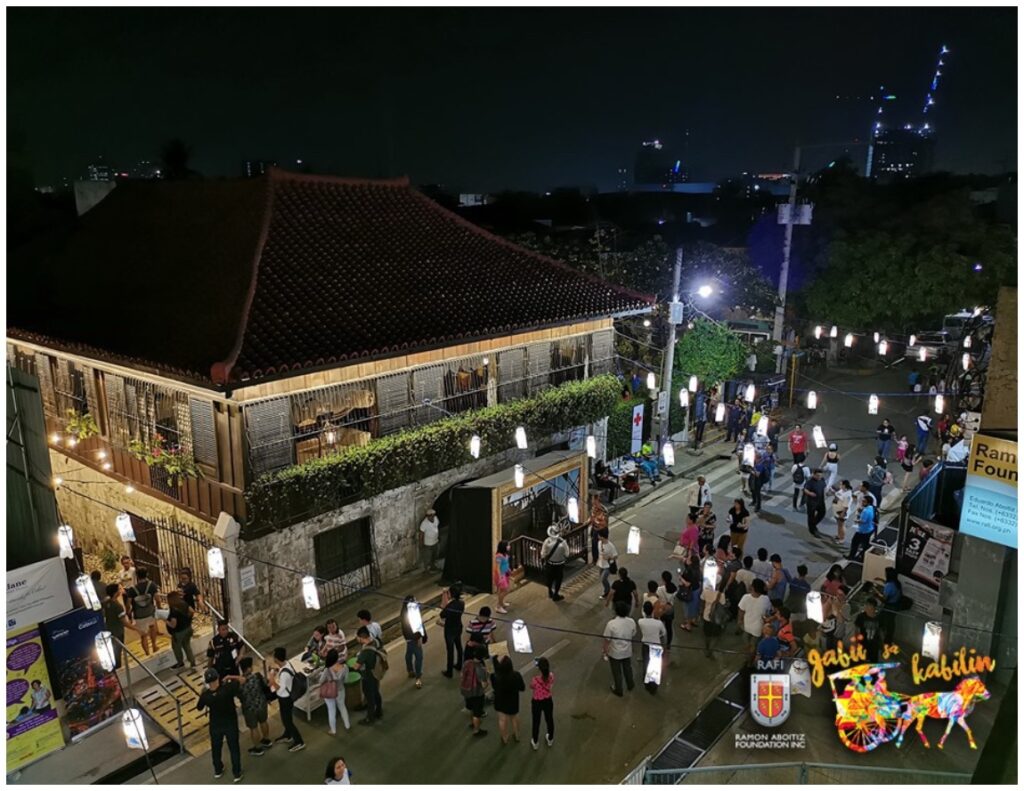
Cebu’s museums offer a captivating journey through time, where visitors are immersed in the island’s rich history and cultural heritage. Each museum tells a unique story, preserving Cebu’s vibrant past for future generations.
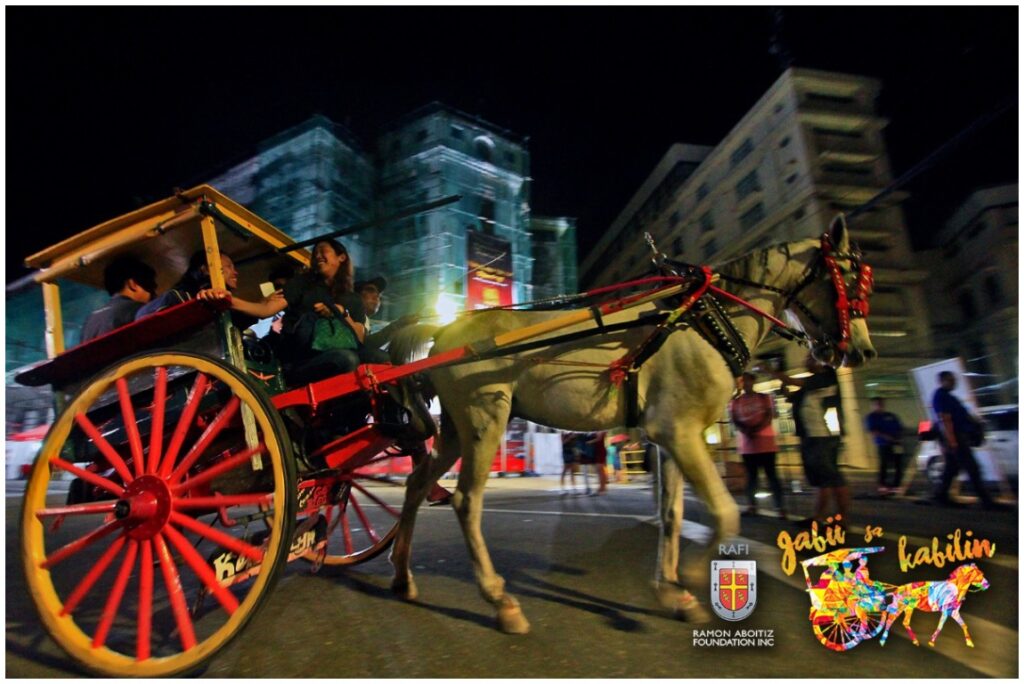
Cebu City Museum
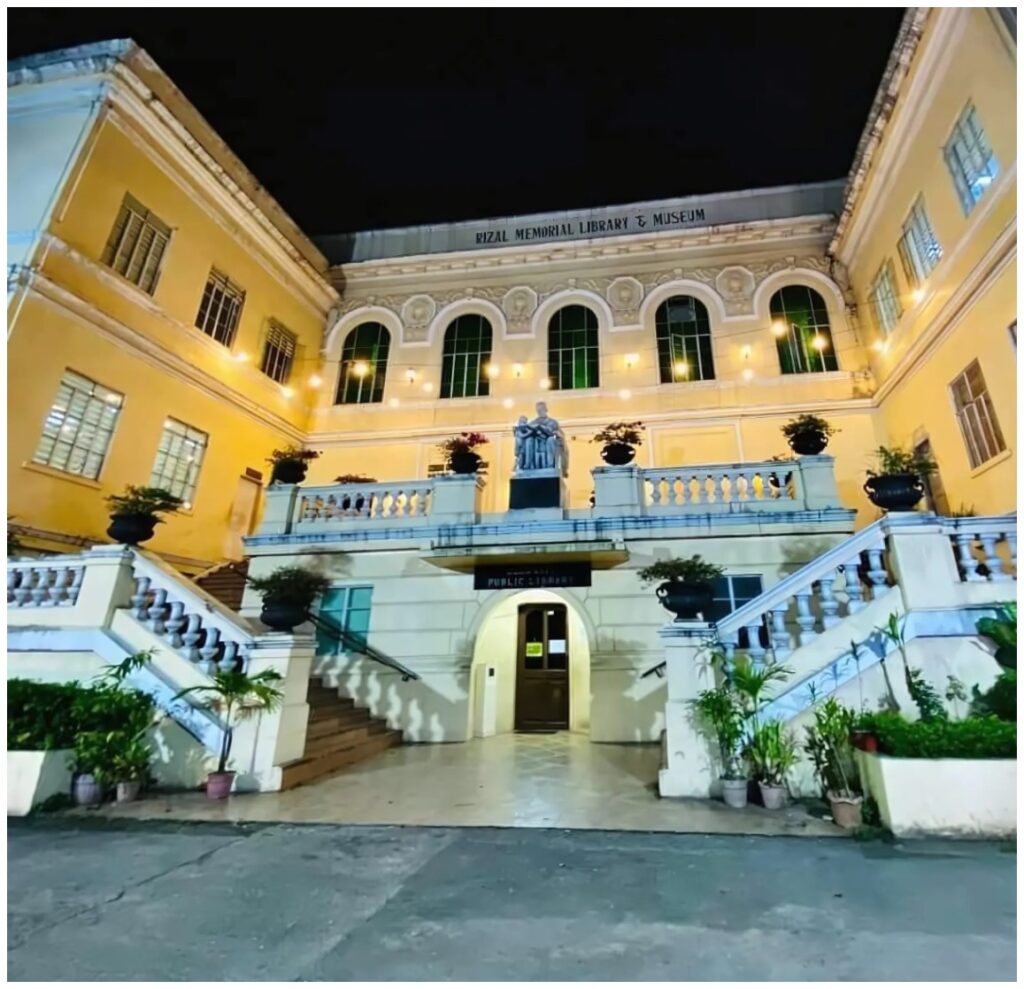
Councilor Jose Nolasco spearheaded the establishment of the Cebu City Museum in honor of Dr. Jose Rizal. Fundraising events such as literary performances, musical shows, and fanfare were held to support the museum’s development. Today, the museum continues to highlight the historical and cultural significance of the island of Cebu. The museum has previously showcased paintings and artworks that highlight Cebu’s rich cultural and artistic heritage.
BPI Museum
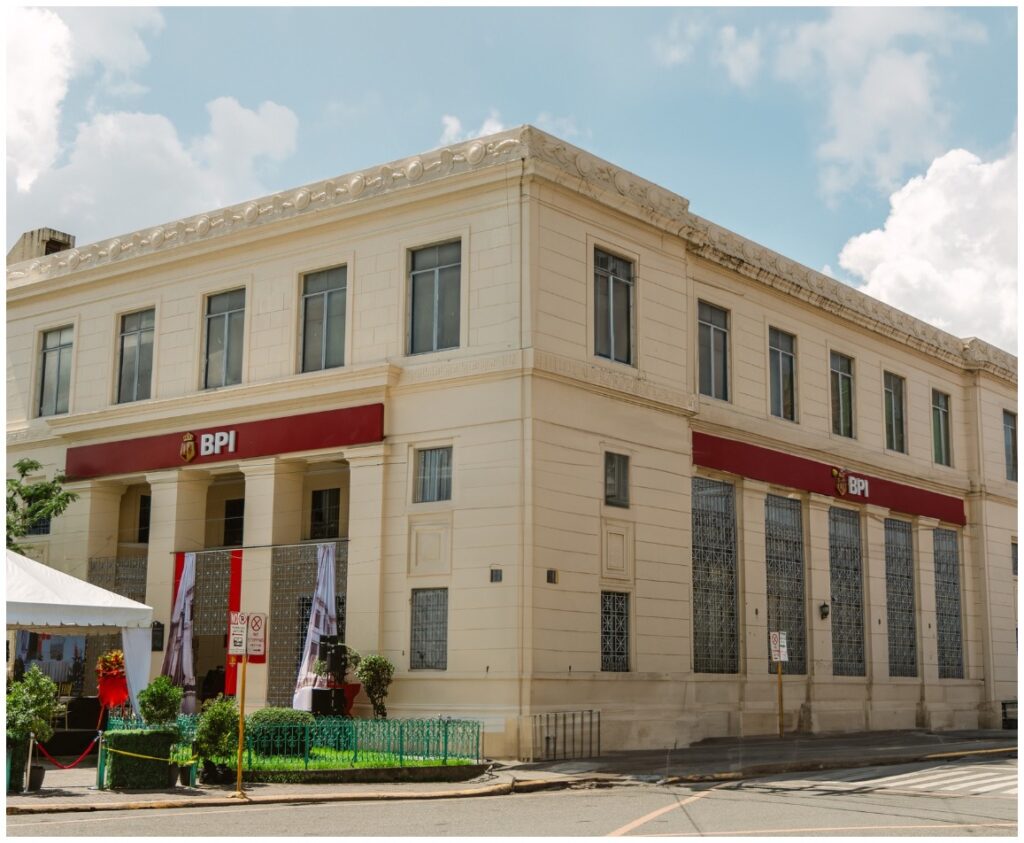
Built in the early 20th century and designed by the renowned architect Juan Marcos Arellano, this historic building is now part of Cebu’s cultural landscape. In celebration of BPI’s legacy, the museum was inaugurated to showcase the bank’s evolution and its role in the development of banking in the Philippines.Visitors explored rare coins dating back to 1492, vintage vaults, and historical banknotes, including a commemorative 100,000-peso bill
Archdiocesan Museum of Cebu
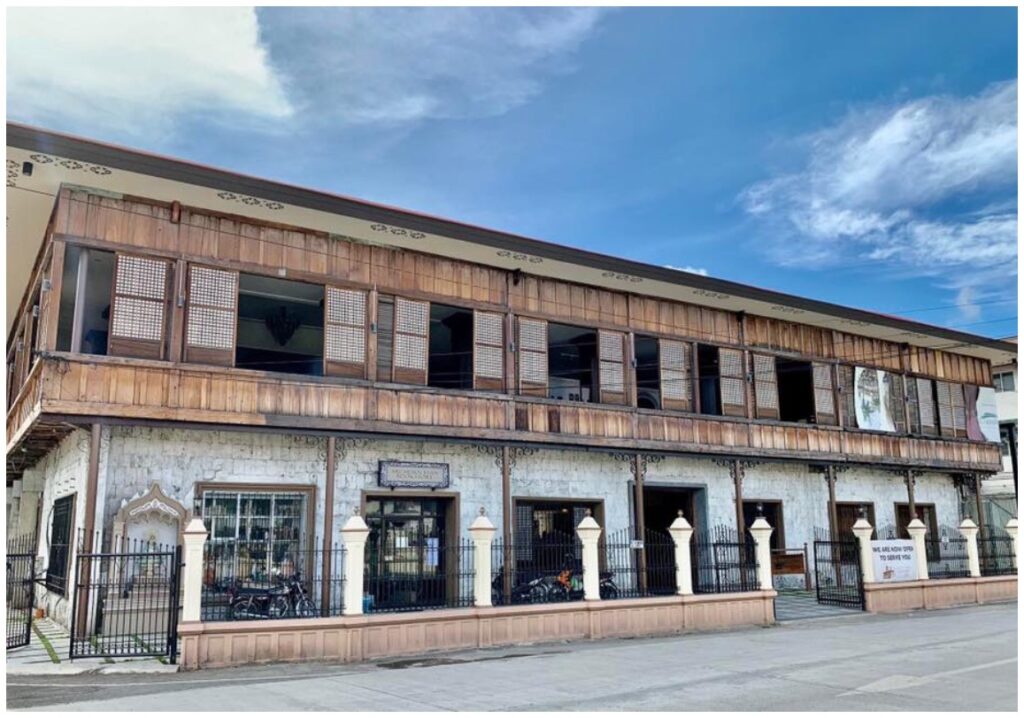
Also known as the Cathedral Museum of Cebu, this 19th-century building is located in downtown Cebu. Once a parish convent of the Metropolitan Cathedral, it has survived wars and undergone several renovations—yet still stands proudly today as a testament to the city’s enduring faith and history. The museum might present exhibits aligned with the event’s theme, potentially focusing on youth involvement in faith, historical church artifacts, or the role of Catholicism in Cebu’s cultural identity.
Museo de Talisay
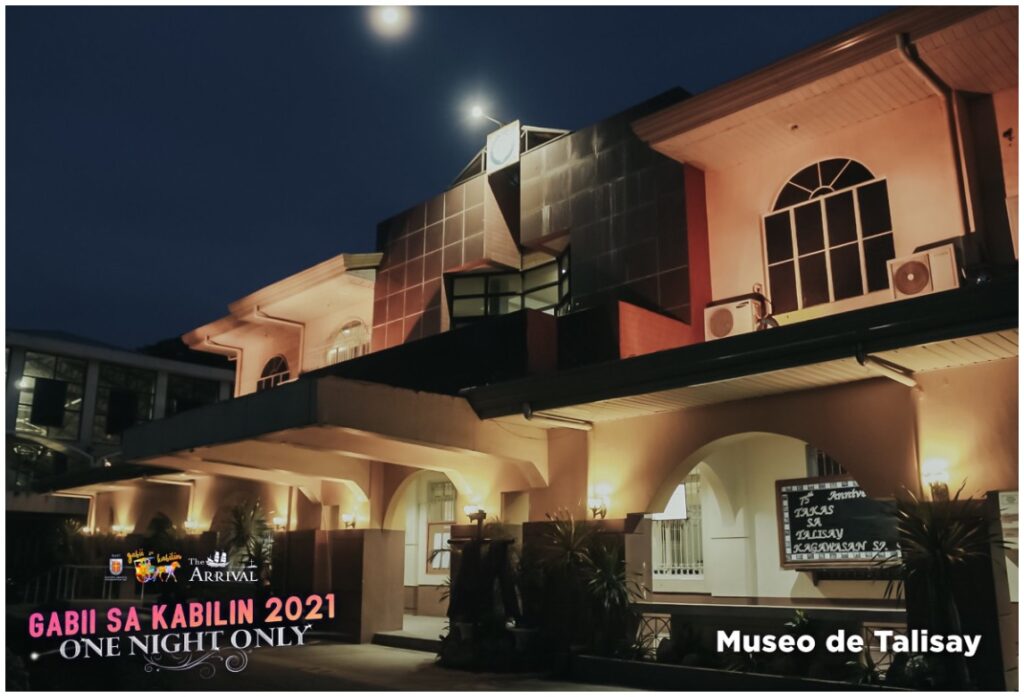
Museo de Talisay highlights the city’s deep historical roots and is dedicated to preserving its rich cultural and historical heritage. Museo de Talisay might feature the history of and the role of Talisay during the Second World War, The Battle of Talisay.
Sugbu Chinese Heritage Museum
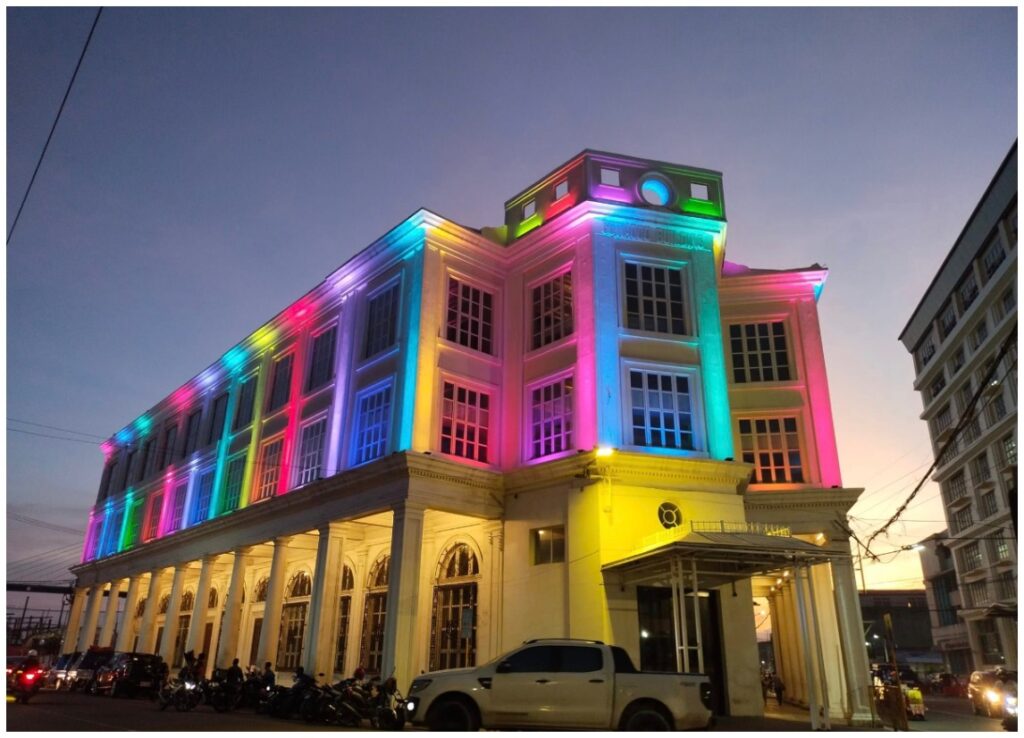
This museum celebrates over 500 years of shared history between Cebu and China. Located in the iconic Gotiaco Building across from Cebu City Hall, it showcases the early trade and cultural exchanges between Chinese merchants and Cebuano communities, dating back to the pre-colonial era. The museum would possibly showcase the deep connections of the Chinese and the Cebuanos.
Basilica Minore del Sto. Niño Museum
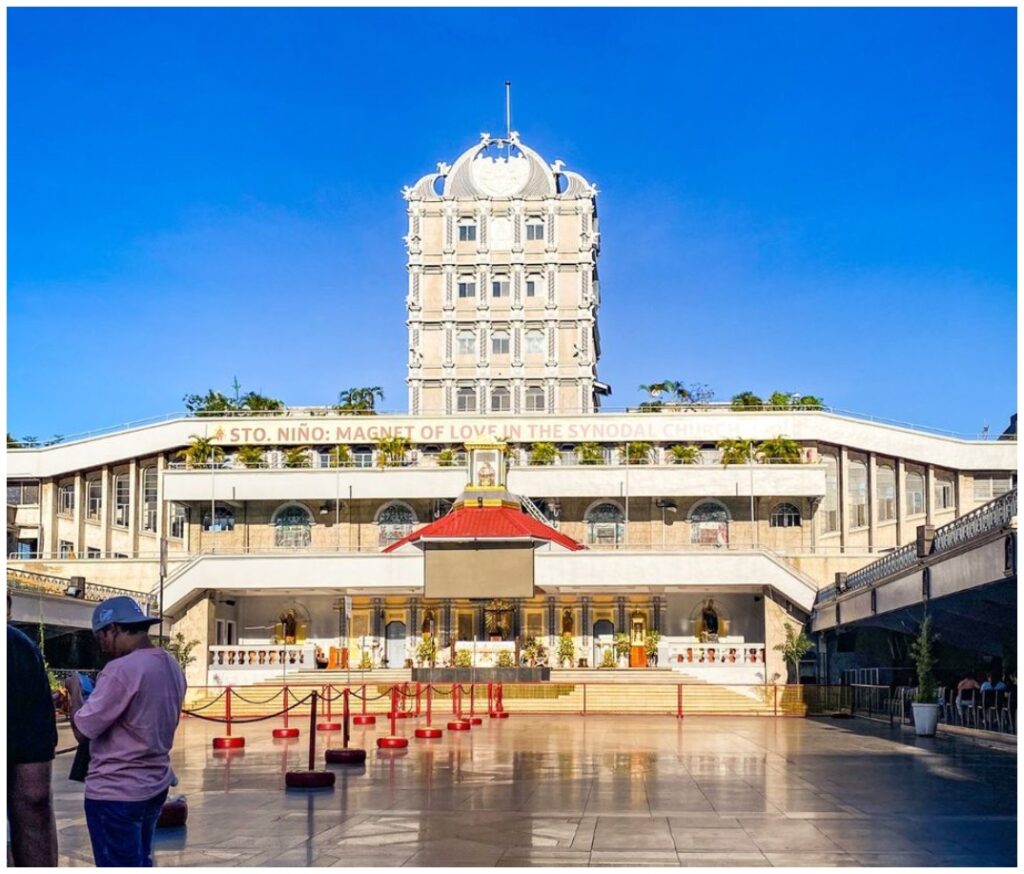
Founded in 1965 by Rev. Fr. Ambrosio J. Galindez, OSA, the museum commemorates the 400th anniversary of Christianity in the Philippines. Originally housed within the Basilica’s convent, it features religious artifacts, vestments, and offerings made to the Santo Niño de Cebu.
Casa Gorordo Museum
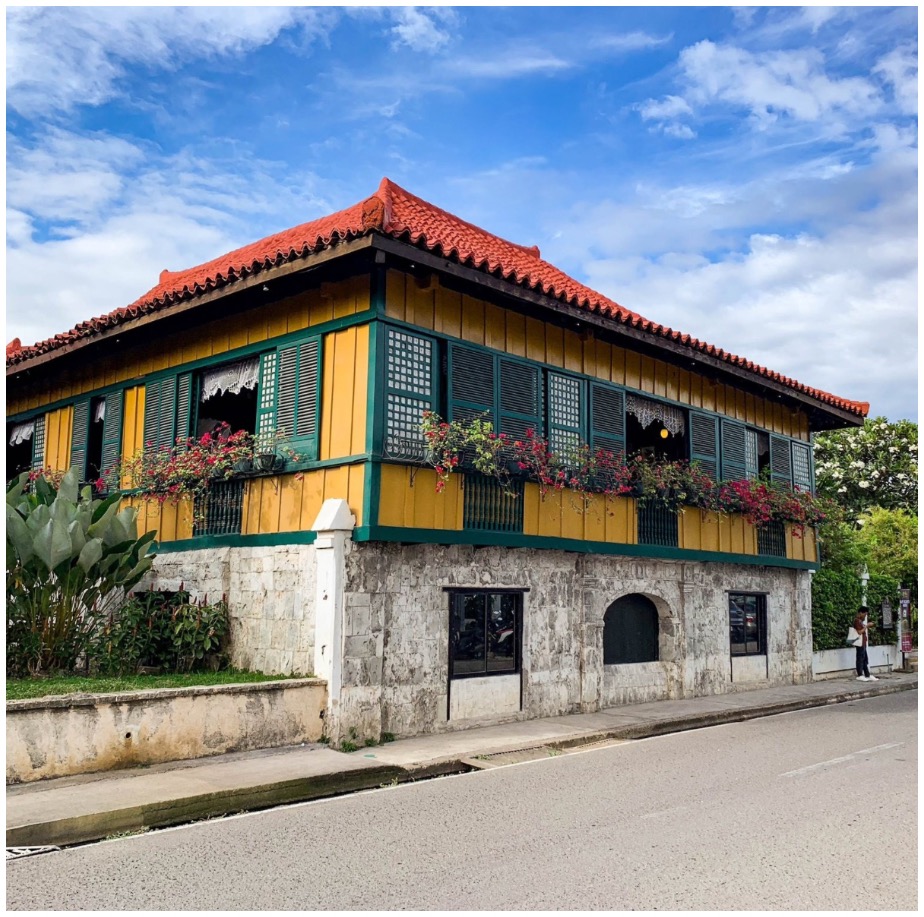
Originally built in the 1850s, this house was first owned by Alejandro Reynes y Rosales and later purchased by Spanish merchant Isidro Gorordo. One of the residents, Juan Gorordo, became the first Filipino bishop of Cebu. In 1979, the Ramon Aboitiz Foundation, Inc. (RAFI) acquired the property and opened it to the public in 1983 after renovation. It was declared a National Historical Landmark in 1991.
Jose Rizal Museum – University of Southern Philippines Foundation
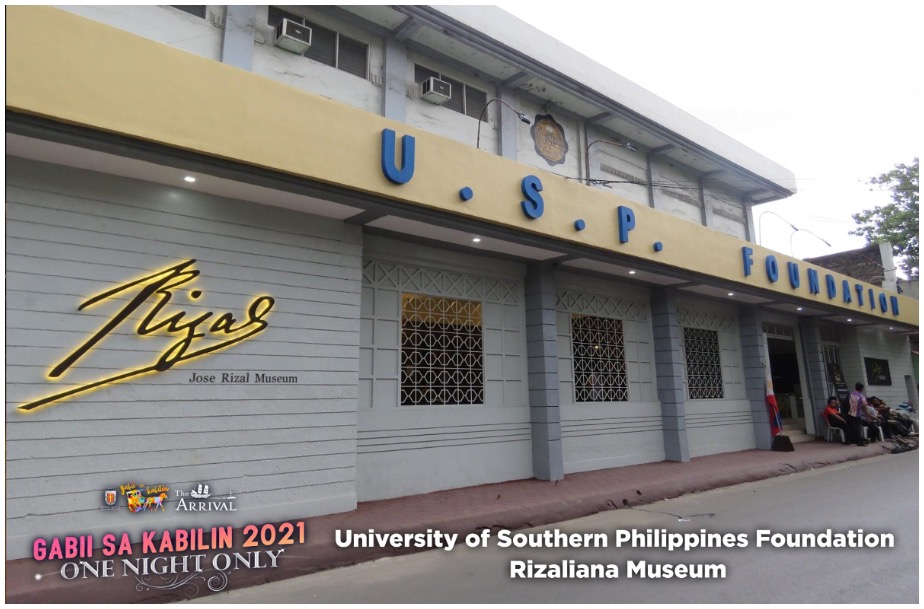
Established in 1951, this museum holds a collection of Jose Rizal’s personal items, donated by his sisters—Doña Trinidad, Doña Concepcion, and Doña Lucia. It features memorabilia such as shirts, letters, sketches, and a copy of his famous poem Mi Último Adiós (My Last Farewell).
University of San Carlos Museum
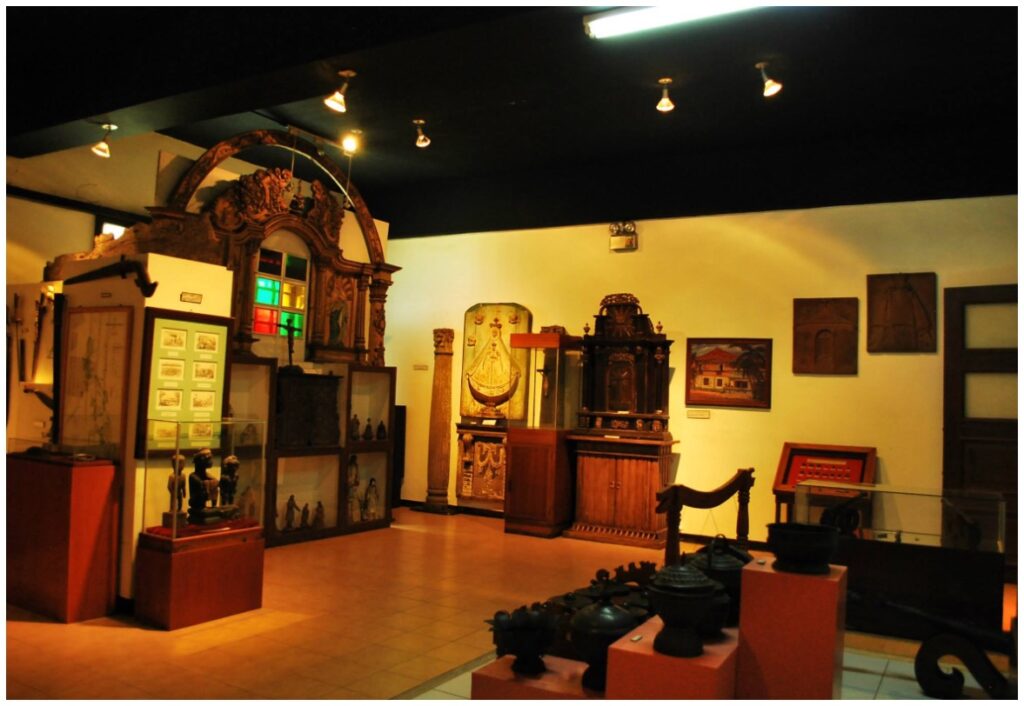
Though the museum was officially inaugurated by Fr. Rudolf Rahmann, SVD, on April 23, 1967, the University of San Carlos had been collecting artifacts since 1952. The museum houses a wide range of historical items that reflect Cebu’s diverse cultural identity.
These museums remind us that preserving history is more than just honoring the past—it is about inspiring present and future generations to connect with the stories that have shaped our world.


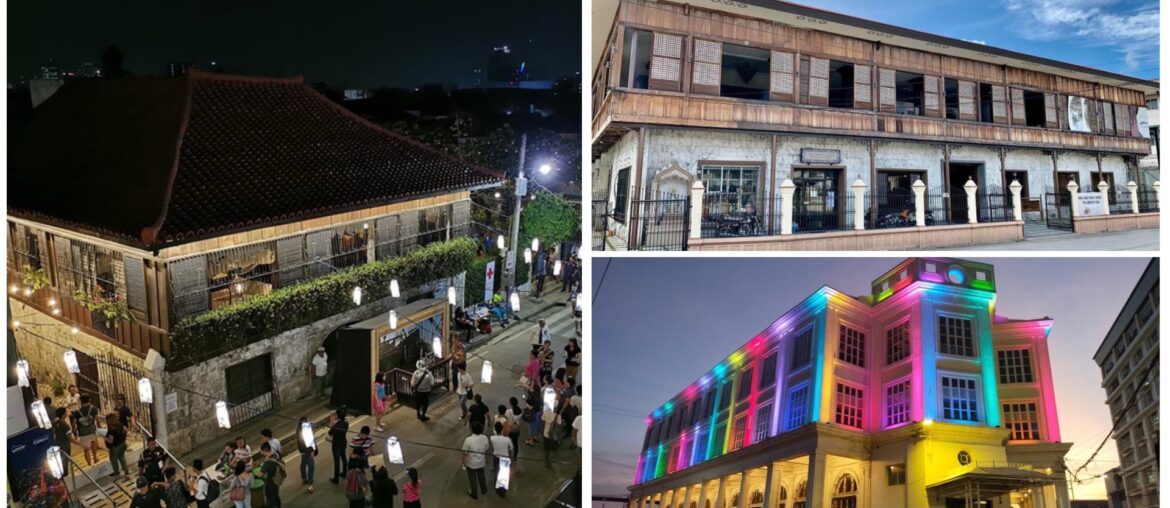
Comments are closed.